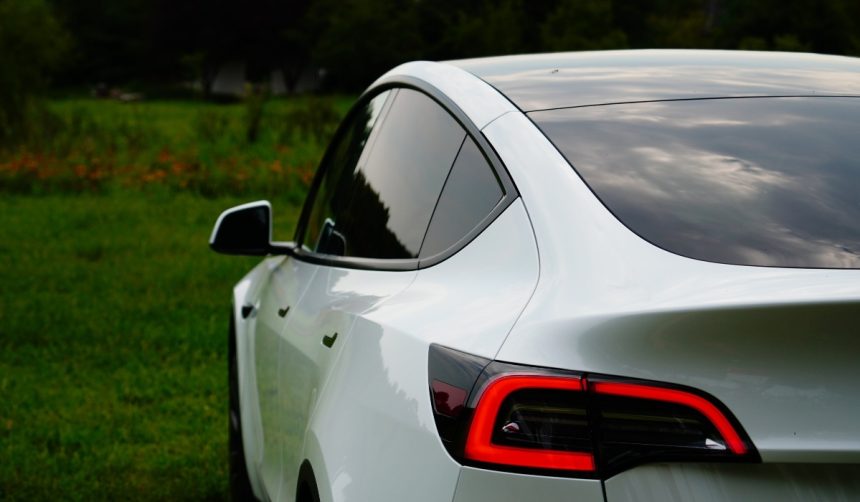Questions about safety standards and testing methods frequently intersect in the automotive industry, shaping public perception and policy. The recent dispute between Tesla Sweden and Swedish automotive publication Teknikens Värld over the braking performance of the new Model 3 sedan highlights the challenges in aligning real-world test results with manufacturer claims. The conversation takes on added importance for consumers, as safety remains a top priority for those considering electric vehicles such as the Tesla Model 3 and Volkswagen ID.7 Tourer. These conflicting findings raise wider questions about transparency, vehicle testing procedures, and the robustness of performance claims for new car models.
Earlier coverage of electric vehicle safety and performance often emphasized positive results for Tesla models, particularly in international safety ratings and various road tests. Braking distances in previous reviews, such as those by Edmunds, typically fell within industry standards or even surpassed them, suggesting a trend of dependable performance. Most coverage has referenced the Model 3’s favorable safety ratings from organizations like Euro NCAP and highlighted continuous software updates for Tesla vehicles. The latest findings from Teknikens Värld appear to diverge from this pattern, leading to renewed scrutiny and debate about consistency in test protocols and vehicle specifications across regions.
How Did Teknikens Värld Assess the Model 3?
Teknikens Värld conducted a series of braking tests on the new Tesla Model 3 Long Range. The magazine reported a stopping distance of 133.2 feet (40.6 meters) from 62 mph—significantly longer than the generally accepted maximum of 124 feet (28 meters). A second Model 3 tested performed marginally better, with a stopping distance just over 38 meters. In parallel, the Volkswagen ID.7 Tourer, using rear drum brakes, outperformed the Model 3 with a result five meters shorter.
How Did Tesla Sweden Address the Criticism?
Tesla Sweden challenged the validity of the magazine’s findings, referencing its own data and external validation. The company pointed out that previous tests by the same magazine had yielded significantly better results for earlier Model 3 variants, and regulatory crash testing had rated the sedan highly. Tesla committed to a technical investigation of the tested vehicles, emphasizing that safety features on the Model 3 are standard and backed by recent five-star safety ratings from Euro NCAP.
“We are examining the two specimens to find out why the braking distances differ. Safety is number one at Tesla. Model 3 comes with all safety features as standard.”
Does the Magazine Stand by Its Braking Claims?
Despite Tesla’s detailed response and references to international safety ratings and historical test data, Teknikens Värld maintained its position. The publication underscored that earlier results were not applicable to the latest generation of the Model 3. Furthermore, the magazine argued that Euro NCAP crash safety results are not equivalent to dedicated braking tests. Teknikens Värld concluded that the current brakes on the updated Model 3 remain insufficient according to its own metrics, and stressed that public awareness of this issue is important.
Disputes like this underscore the complexity of assessing vehicle safety, particularly as cars are rapidly updated or modified between different production runs and geographic markets. While Tesla’s reliance on safety ratings and historical data is a common defense, regional magazines and third-party testers serve as important checks by applying their own methodologies. Consumers might benefit from cross-referencing both local and international tests and considering how variable conditions, testing protocols, and car specifications could affect real-world safety performance. Understanding these nuances may help buyers make more informed decisions, especially in a segment where advanced safety technologies and rapid iteration are common. Consistency and clarity in testing are crucial, both for public trust and manufacturer accountability.
- Teknikens Värld claims the new Model 3 has longer braking distances.
- Tesla Sweden disputes these findings, citing internal data and previous ratings.
- The debate highlights differing standards in vehicle safety assessments.










